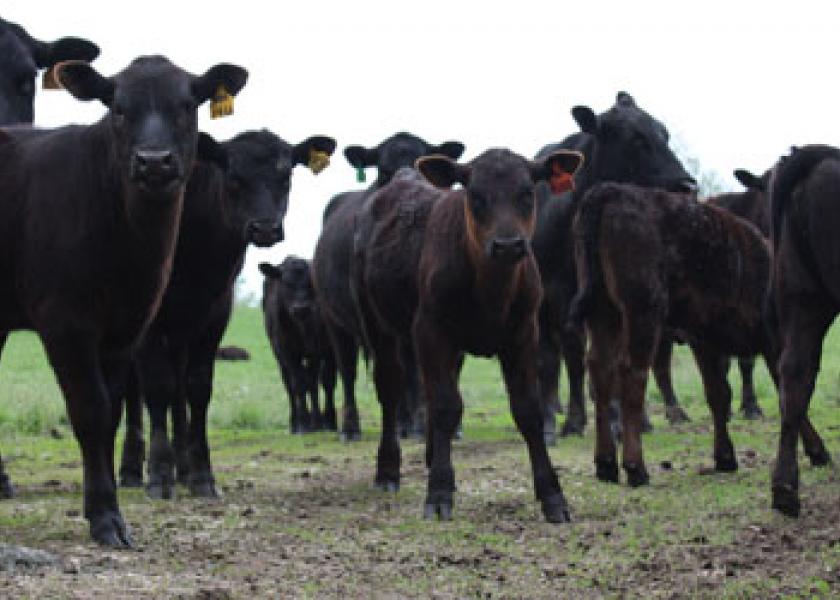Single Trait EPDs Not the Only Focus Point for Beef Producers

By Amanda Gee, Purdue University
WEST LAFAYETTE, Ind. - Expected progeny differences, or EPDs, can help beef producers evaluate bulls when looking to improve their cattle herds, but they shouldn't focus on just one trait, a Purdue Extension beef specialist says.
Instead, producers should look at deficiencies in their herds, whether it's milk production, dystocia, poor carcass quality or slow growth, and then start looking at the EPDs that would make the largest economic impacts.
"If you single-trait select for any one trait, you'll take your herd in the wrong direction," Ron Lemenager said.
When searching for a new bull, producers commonly first examine the EPD for birth weight because it can be a predictor of dystocia, or problems with calving.
But selecting a bull with an ultralight birth weight EPD might not solve that problem.
"There's a genetic correlation between birth weight and all of the growth rates," Lemenager said. "If you select for light birth weight, you're probably going to end up with light weaning weights, light yearling weights and a slower-growth rate kind of cattle."
He prefers comparing bulls by their calving ease EPDs rather than birth weight because it considers birth weight, calf shape and other factors.
Calving ease is expressed in two ways by most breed associations. Direct calving ease predicts how easy the calves from a particular bull will be to deliver, and maternal calving ease predicts how easy the daughters of that bull are going to calve.
Another popular EPD for producers looking to improve their herds is milk production, because higher milk production leads to higher weaning weights.
Lemenager said it's important for producers to consider what higher milk production means for individual cow energy requirements.
For example, a 1,300-pound cow producing 30 pounds of milk a day has a 30 percent higher energy requirement than that same size cow producing 15 pounds of milk. Lemenager said that works out to an additional 9.5 pounds of good-quality hay or 5.75 pounds of grain-based supplement per day.
"It's a pretty expensive proposition if you have to supplement those cows to maintain body condition, weight and rebreed rate," he said. "If you're comfortable with the cow condition and rebreed rate with minimal supplementation, chances are you're pretty close to the level of milk that you need. If cows are thin and failing to conceive, maybe you've got too much milk in your cows for the environment they're working in."
Dollar index EPDs, composite EPDs that combine several traits into a single value, can help producers narrow down their selections.
"They're a great way to scan through some bulls to sort out what kind of bull will work for a particular situation," Lemenager said. "However, realize that these indexes are multi-trait numbers."
Producers should still look at the individual EPDs that make up the index to make sure the bull will fit their herd situation.
EPDs should only be used to compare bulls of the same breed. The U.S. Department of Agriculture's Meat Animal Research Center generates and updates an across breed EPD table each year to help compare bulls of different breeds. For more information visit http://www.marc.usda.gov.







